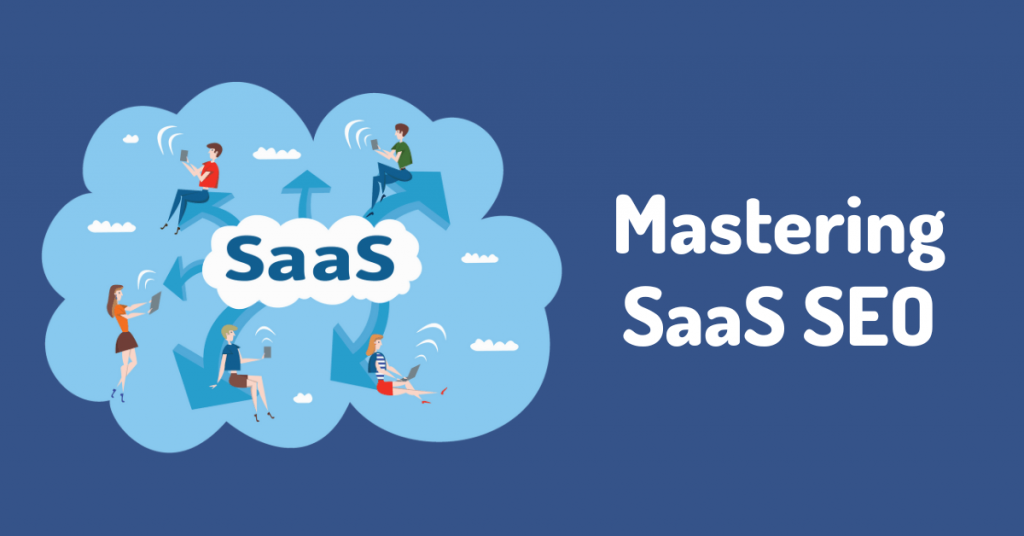SaaS Growth Strategies
The Software as a Service (SaaS) industry continues to thrive, attracting entrepreneurs and investors alike. However, turning a SaaS product into a profitable business requires more than a good idea—it requires smart execution and sustainable growth strategies. Whether you’re looking to start a SaaS company or refine an existing one, understanding effective SaaS growth strategies is essential.
1. SaaS Growth Strategies Build a Strong Foundation
To begin, identify your ideal customer persona and determine product-market fit. Many successful companies start a SaaS company by launching a minimum viable product (MVP), gathering feedback, and iterating fast.
2. Leverage Recurring Revenue Business Models
One of the major advantages of the SaaS model is its built-in revenue predictability. Recurring revenue business models ensure stable cash flow, which is vital for sustainable growth. The most common subscription formats are monthly and annual plans. To grow faster, offer discounts on annual plans, upsell premium features, and bundle services to increase average revenue per user (ARPU).
Recurring revenue also improves business valuation, making your company more attractive to investors.
3. Focus on SaaS Pricing Strategies
Choosing the right pricing model is a critical growth lever. Your SaaS pricing strategies should reflect the value you deliver to users while remaining competitive.
Some popular SaaS pricing models include:
-
Freemium: Attract users with a free tier and convert them over time.
-
Tiered Pricing: Offer multiple plans based on features or usage levels.
-
Usage-Based Pricing: Charge customers based on consumption, suitable for APIs or cloud services.
If you’re wondering how to price a SaaS product, start by analyzing competitors, testing different models, and tracking conversion rates. Even a small change in pricing can significantly impact your revenue growth.
4. Positioning: Vertical SaaS vs Horizontal SaaS
One strategic decision that influences your growth path is whether to build a vertical SaaS or horizontal SaaS solution.
-
Vertical SaaS targets a specific industry, such as healthcare, legal, or education. These platforms offer deep customization and domain expertise, which often results in higher customer retention.
-
Horizontal SaaS serves a broad range of industries with general-purpose tools like CRM, email marketing, or accounting.
While horizontal SaaS solutions scale faster due to a broader market, vertical SaaS platforms can dominate their niche with less competition and stronger customer loyalty.
5. Implement Scalable Marketing Strategies
Marketing is key to growing your user base. Content marketing, SEO, and paid ads are common, but for SaaS, product-led growth (PLG) is becoming increasingly effective. This approach allows the product itself to drive user acquisition, conversion, and retention.
Offering a free trial or freemium version lets users experience your product before committing. If your onboarding process is smooth and value is evident quickly, word-of-mouth and organic referrals will follow.
6. Optimize Customer Success and Retention
Acquiring customers is expensive—keeping them is essential. High churn can kill a SaaS business. To reduce churn, focus on delivering consistent value and maintaining user engagement. Set up a proactive customer success team to support users, collect feedback, and offer help before problems arise.
Track essential metrics like Net Promoter Score (NPS), Monthly Recurring Revenue (MRR), and Customer Lifetime Value (CLTV).
7. Know How to Scale a SaaS Startup
Once you’ve validated your product, gained traction, and secured reliable revenue streams, it’s time to scale. But scaling isn’t just about spending more on ads—it’s about improving systems and processes.
Automate repetitive tasks, hire strategically, and strengthen your development pipeline. Scaling also means entering new markets, expanding feature sets, and possibly raising capital.
When learning how to scale a SaaS startup, don’t just focus on speed—prioritize long-term sustainability. Document workflows, invest in team culture, and build scalable customer support.
8. Explore New SaaS Startup Ideas
Markets change rapidly, and innovation is constant in the SaaS space.
-
AI-powered customer service platforms
-
Privacy-first analytics tools
-
Remote team productivity suites
-
Blockchain-based SaaS for finance
-
Vertical SaaS solutions in healthcare or logistics
Explore trends and consider creating tools that solve pain points in under-served industries.
Final Thoughts
Growing a SaaS business requires more than just writing code—it involves mastering SaaS pricing strategies, choosing the right recurring revenue business models, and identifying whether vertical SaaS vs horizontal SaaS is best for your goals. Whether you’re just beginning to start a SaaS company or looking to learn how to scale a SaaS startup, the strategies above will help you build and sustain momentum.
Stay agile, focus on customer needs, and always test your assumptions. That’s the path to lasting success in the SaaS world.
